I am writing about protein today, which is not a new topic, especially for vegetarians. However, it seems to be a hot topic these days. Starbucks is adding it to their cans of coffee, General Mills is adding it to cereal, and protein powders continue to be (falsely) viewed as a required food group for anyone trying to lose weight or be fit. In reality, most Americans eat plenty of protein without trying too hard or relying on protein-fortified foods or supplements. I could make a compelling argument for why most of us don’t need to worry about beefing up plates with more protein, but luckily dietitian Hope Warsaw has already done it quite handily here.
Instead I thought I’d do a Q&A format with some common questions I hear about vegetarians and protein, including some practical tips for daily food choices.
Q: Is it harder for vegetarians to get enough protein?
A: I actually don’t think it is harder for vegetarians, though that’s definitely the perception. Most people associate protein with meat, so if that food is removed from the diet the assumption is that the foods that are left can’t pick up the slack. Luckily for the plant-minded among us, that’s not the case.
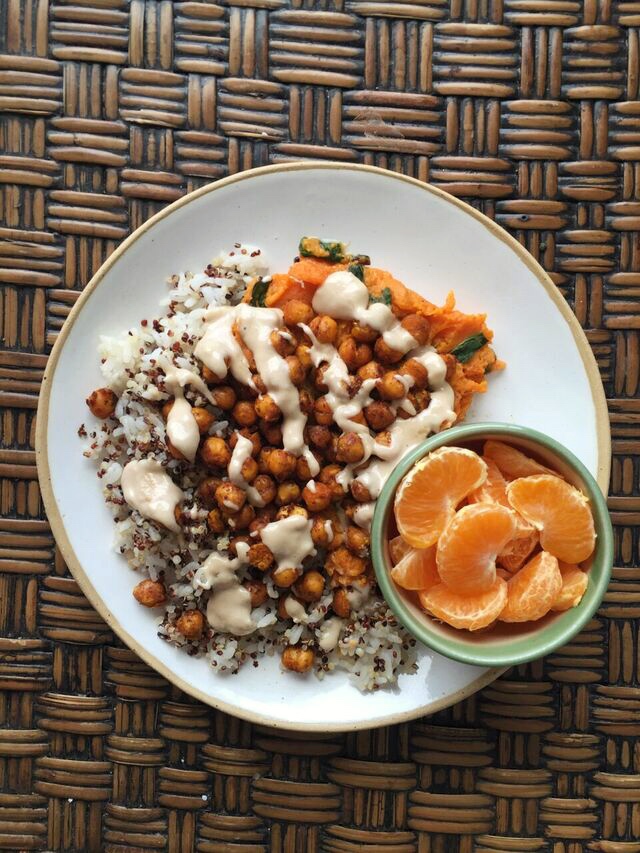
I don’t think it’s harder nutritionally in practice, but I guess you could say it’s harder conceptually at first because many people aren’t familiar with non-meat sources of protein. They don’t know where to even look. Part of the problem might be unfamiliarity with the terms. When I talk about “plant foods” in my nutrition classes, many students struggle to name even one example outside of fruit and vegetables. There are these other unassuming food groups that get forgotten, which actually are incredibly valuable to a vegetarian diet: nuts, seeds, legumes, and beans. (We also get protein from grains and products made from them, which many people classify in their minds as strictly carbohydrate.)
Q: OK. How much of the stuff do I actually need?
A: The RDA, or Recommended Daily Allowance, suggests 46 g a day for women and 56 g a day for men. Some professional groups recommend a slightly higher intake for vegetarians because of differences in protein digestibility, however it’s mostly aimed at those folks choosing exclusively plant foods, like vegans. So, that would bump their targets to 58 g for women and 70 g for men. If you include cheese or eggs in your diet, the standard RDA is dandy.
Q: What are some easy go-to proteins I can keep on hand?
A: My preferred sources of protein are garbanzo beans, tofu, edamame, lentils, soymilk, peanut butter, and cheese.
Consider stocking your pantry with a variety of options like:
- Canned and dry beans including black beans, pinto beans, and lentils
- Protein-rich whole grains like quinoa and sorghum
- Quick-grab snackies like crunchy chickpeas or crunchy bean snacks
In my refrigerator I’ve always got:
- Hummus
- Natural peanut butter and almond butter
- Part skim mozzarella and sharp cheddar
- Chia seeds and hemp seeds
- Soymilk (Remember to check the label on other non-dairy milks. Most are surprisingly low in protein, even the ones made from nuts.)
And I keep the freezer full of:
- Tempeh
- Tofu (Freezing and then thawing improves the texture over fresh. Trust me.)
- Pecans, almonds, pine nuts, walnuts, and cashews
- Edamame (shelled and unshelled)
- Meat substitutes like burgers, sausage, and chicken patties
Q: How can I make sure I’m getting protein in every meal?
Try thinking through every meal and looking for opportunities to incorporate some of the heavy hitters of the plant world.
Breakfast:
- Hemp and chia seeds can get tossed in smoothies.
- Nut butters are a natural addition to whole grain toast or waffles.
- A soy sausage patty and an ounce of cheese can fill a whole grain English muffin for an easy breakfast sandwich with a hearty 22 g of protein.
- A tofu scramble can be a great base for veggies, like greens, and maybe even a little cheese.
Snacks:
- Hemp and chia seeds feature prominently in many recipes for homemade energy bites. (Once you click on the link, scroll down to the heading “Chia, Flax and Hemp Seeds” to find my favorite recipe from Beth Rosen.)
- Whole grains and nuts are the foundation for tasty homemade granola bars.
- Tamari-flavored almonds are a favorite around our house, alone or with a handful of dried fruit.
- Purchased or homemade trail mix can make for a portable bit of protein.
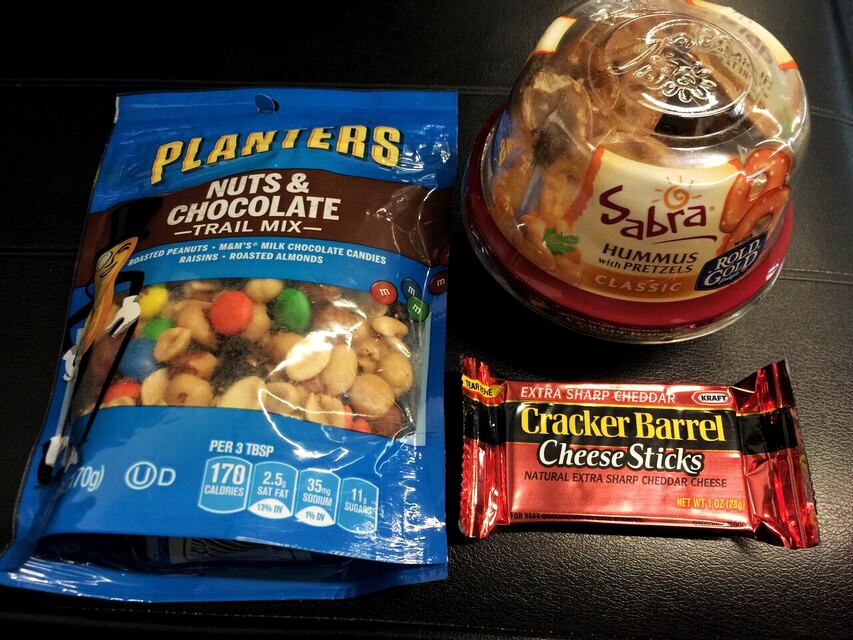
Lunch:
- Shelled edamame can easily go into any vegetable soup, and I also like them chilled on salad.
- I also sometimes use leftover protein from dinner in my bento lunchbox, like cooked cubes of seasoned tofu eaten cold with peanut sauce for dipping.
- Nearly everybody likes a pb&j sandwich, even non-veg heads.
- Refried beans and cheese make a quick quesadilla. They even travel well, cold, in a bento lunch box.
Dinner:
- Strips of tempeh make an easy substitute for meat in fajitas.
- For taco salads I saute canned black beans and crumbled tofu with taco seasoning instead of hamburger.
- We usually think of eating lentils hot, like in a lentil soup or dal. But I’ve gotten in the habit of eating them cold or at room temperature as a base for a salad.
- With a collection of reliable tofu recipes you can just add a grain and a vegetable for a well-rounded plate.
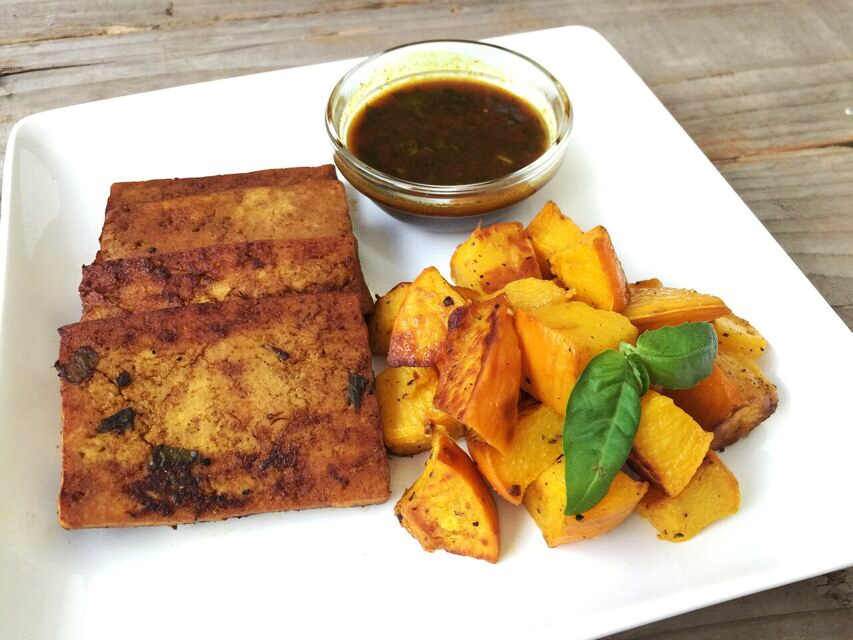
Q: What if I’m new to vegetarianism and not used to some of these foods?
A: Try converting one of your favorite recipes to meatless so you’ll be on familiar footing.
- Could you use crumbled tofu or tempeh in your favorite stew or chili instead of beef?
- Could you add cashews or hemp seed to your favorite fruit smoothie without changing the flavor too much?
- Could you make a BLT with one of the many bacon substitutes like seasoned tempeh?
- Could you sprinkle walnuts or white beans on top of your favorite pizza?
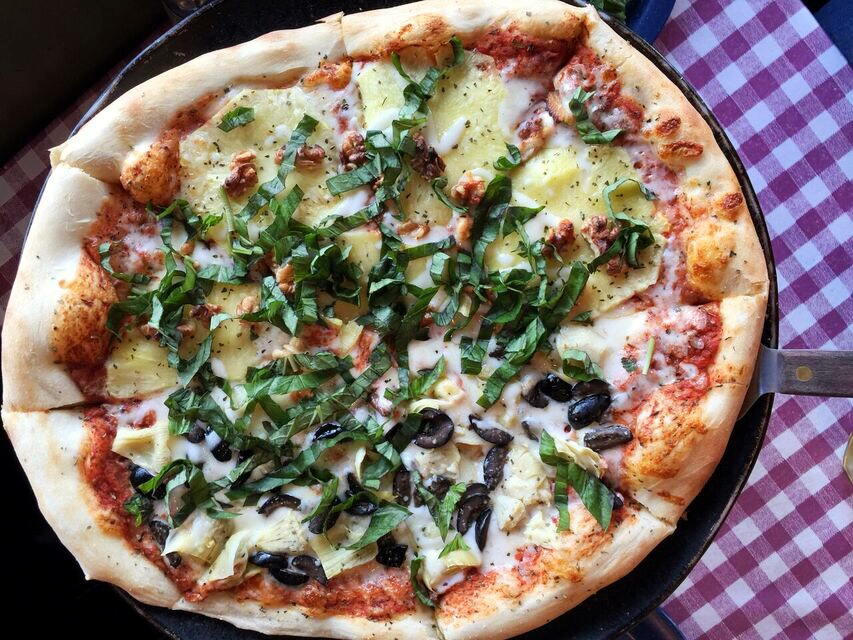
If this is all unfamiliar territory and you’d like to know what a vegetarian dinner might actually look like and you’re unsure about buying tofu, for example, and cooking it successfully, consider trying one of the dinner kit delivery services to introduce you to a week’s worth of vegetarian meals. Someone else does all the meal planning, recipe testing, and shopping for you. Nearly all of the services have vegetarian options now, and one company is exclusively vegan.
You might also consider buying your beans from the undisputed bean experts, the folks behind Rancho Gordo Bean Club. They sell high-quality, freshly-dried heirloom beans that their customers swear by; including me.
Opportunities for pounding down the protein abound. Protein is lurking in every corner of your kitchen and sneaking into every meal, or at least it will be if you try some of these suggestions. Just like with folks following an omnivorous diet, everyone needs to know what food groups to choose to build a balanced collection of daily meals. Vegetarians can easily do the same, just with slightly different groups. The good news is there are lots of tasty options to try from morning ’till night.
OK. I’ll ask it. The question vegetarians dread: where are you getting your protein? I’m curious what you rely on week to week to put protein in your plant-based mouth.
If you liked this post, you may also enjoy:

Kristine Duncan, Registered Dietitian
I’m a Registered Dietitian, the author of Veg Girl RD, and a vegetarian who loves to eat. I’m a nutrition nerd who teaches at the University of Washington and Skagit Valley College. I also write about nutrition professionally for magazines and books. If you want to know more, check out my About page.

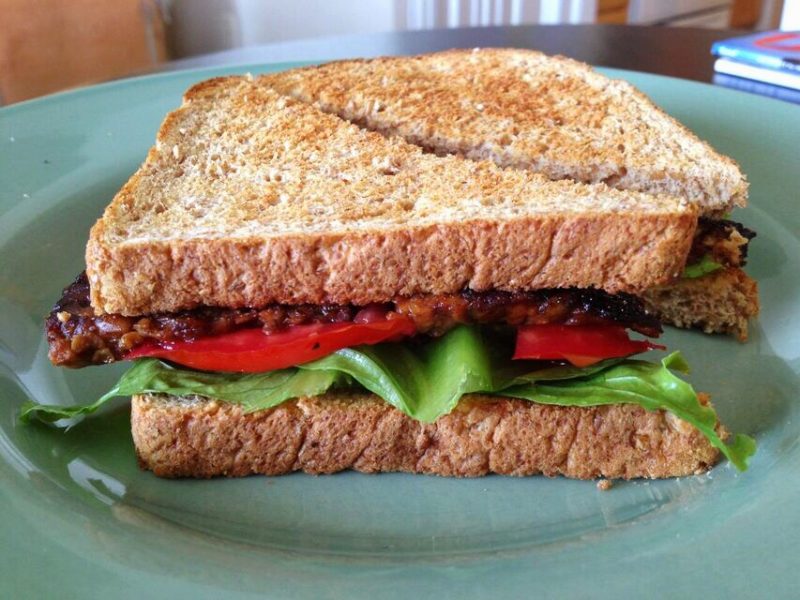
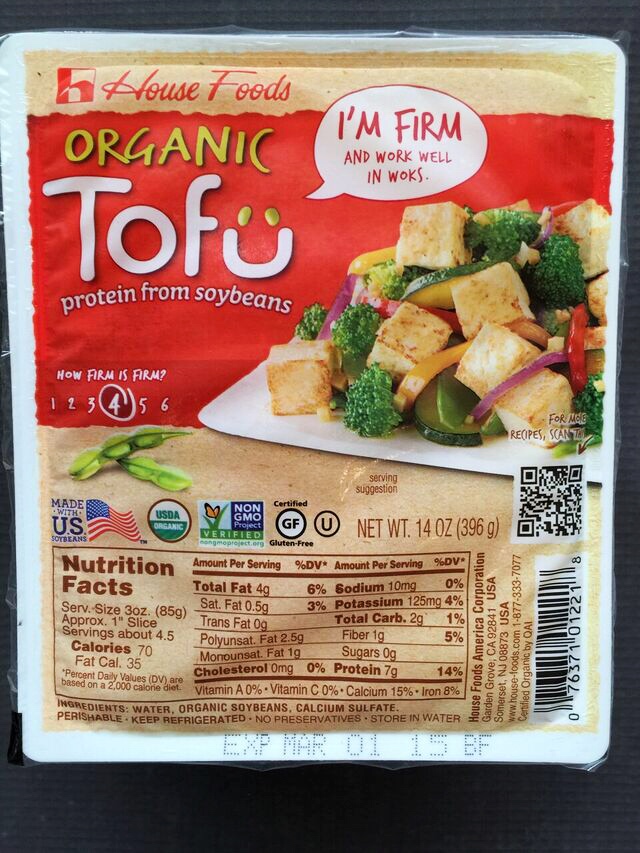
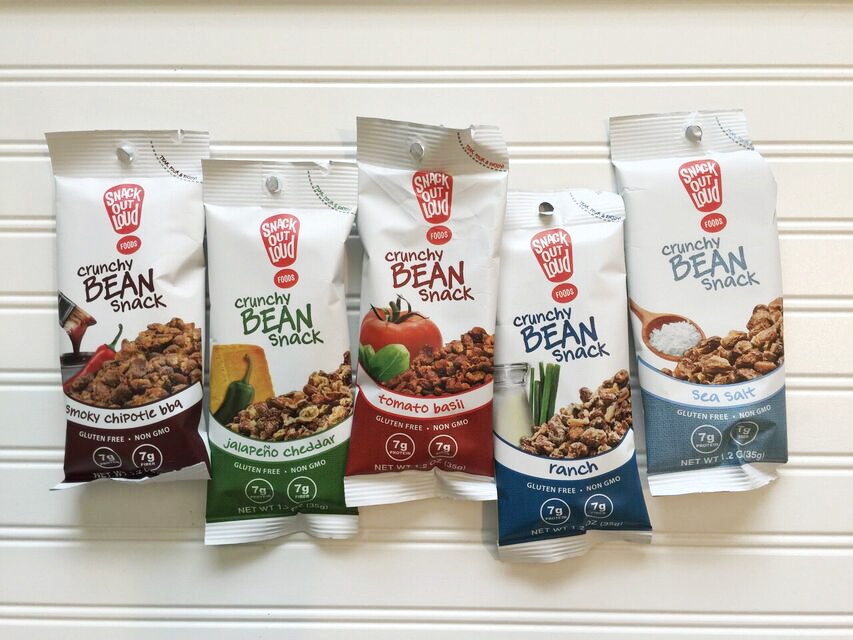
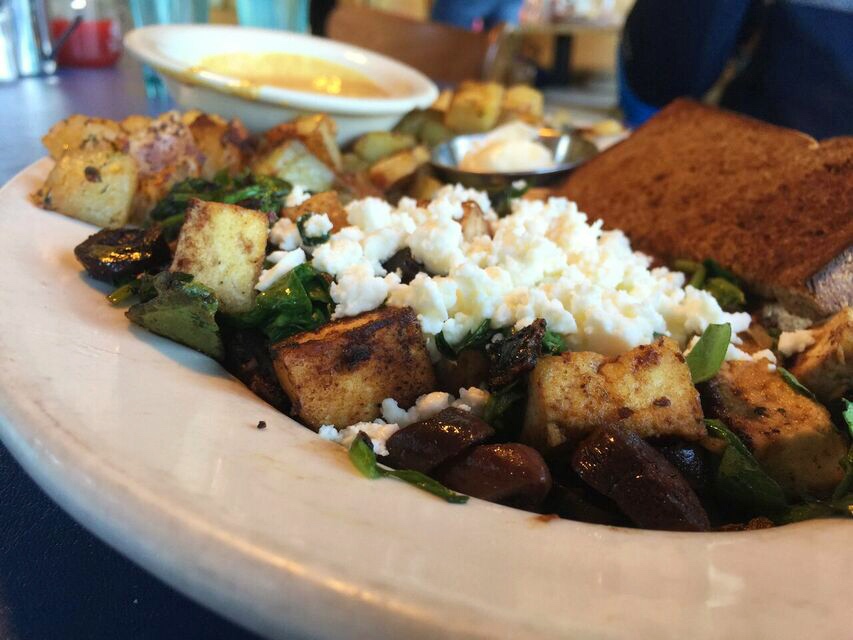
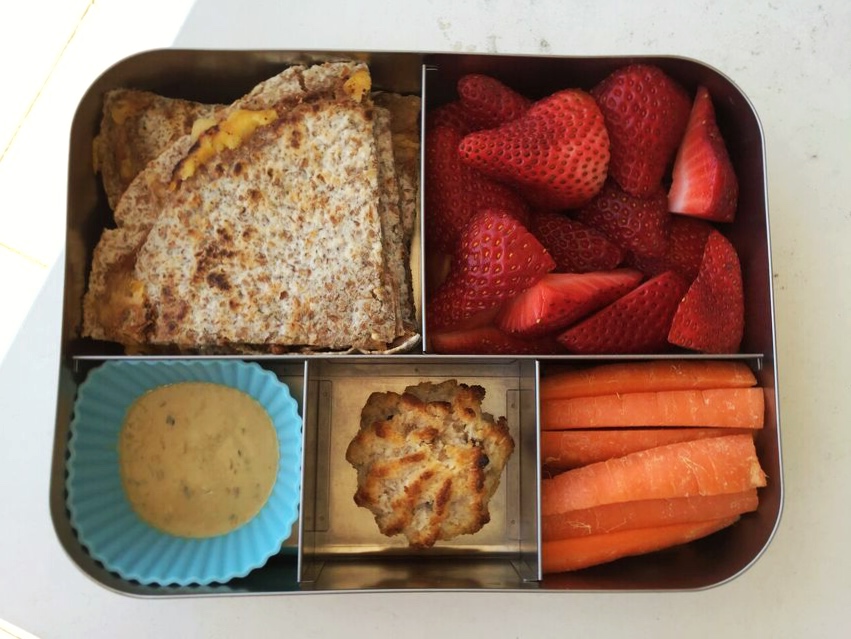
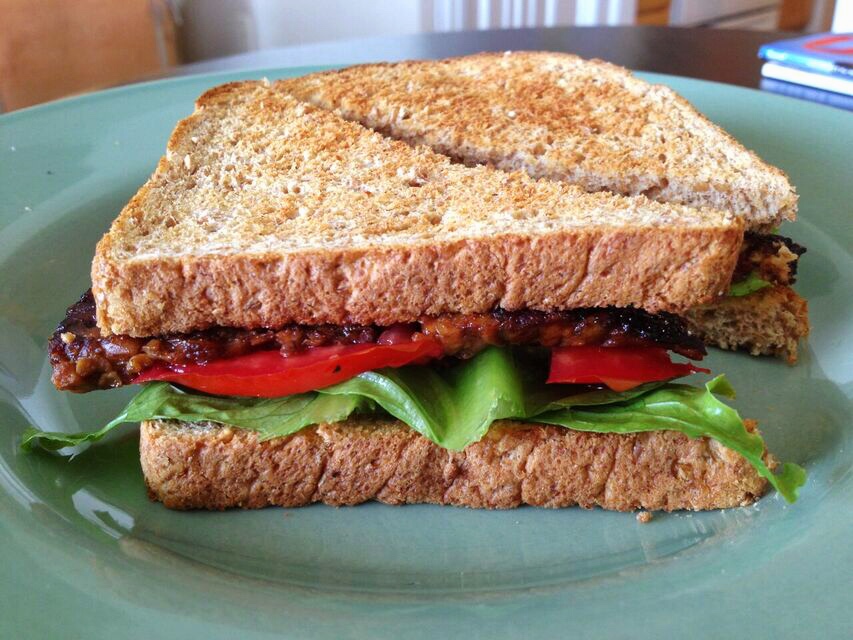
6 thoughts on “Protein on a Plant-Based Diet”
Interesting and informative blog. This will be a good reference for those looking for more vegetable sources.
Love your last question. As a non-vegetarian I will enjoy seeing the reply.
Hi Linda. Thanks for your sharing your thoughts on the post!
I want to eat all the things! Especially those tandoori chickpeas.
I pretty much eat all the things mentioned in the article with the exception of tempeh. No matter how hard I try, I just don’t like it! I’m especially into curried lentils lately, over rice or just on their own as dal. And anything with coconut milk in it.
Hi Hilde. Luckily there are plenty of protein choices for you, without ever making friends with tempeh. I agree. As we roll into fall, any kind of lentil dish hits the spot.
Pingback: How Much Protein Is In My Lunch? - Veg Girl RD
Yummy protein diet options along with portion counting Kristine, I am surely going to try these with these healthy superfood smoothies @ https://mynutritionadvisor.com/best-healthy-smoothie-recipes-for-breakfast/